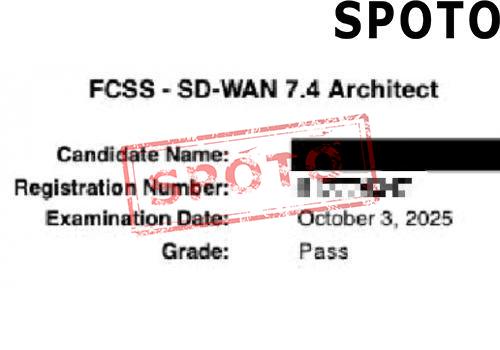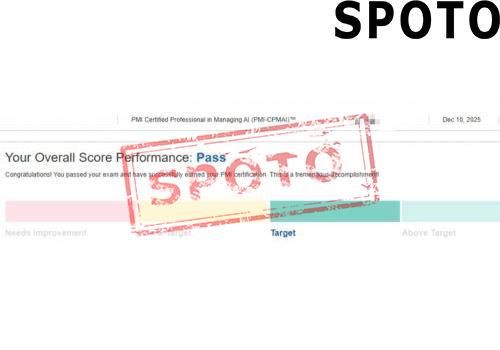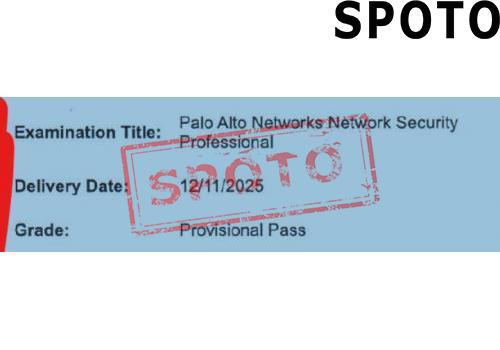
Table of Contents
1. What is a Solutions Architect?
Solution Architects design, describe, oversee and manage technical solutions to organizational business problems and ensure the implementation of complex technical solutions to address business challenges or needs. These professionals bridge the gap between business needs and technical capabilities by translating business requirements into technical specifications and designing comprehensive solutions that meet organizational goals.
2. What does a Solutions Architect do?
Solution architects play a variety of important roles in different organizations and projects, and are responsible for connecting business needs with technical implementation. Their main work includes:
- Requirements collection and analysis: Work closely with stakeholders such as business leaders, project managers and end users to collect and deeply analyze business needs, understand organizational goals, challenges and technical requirements, and convert them into clear technical specifications and architectural designs.
- Technical solution design: Based on business needs, design a comprehensive technical architecture solution, including system structure diagrams, component divisions and integration point descriptions. Select appropriate technologies, platforms and architectural models to ensure that the solution meets functional and non-functional requirements such as performance, security and scalability.
- Technical leadership and collaboration: Provide technical guidance throughout the project life cycle, work with development teams, system administrators and other IT professionals to ensure that the project strictly follows the established architectural design and best practices. At the same time, guide junior architects, provide professional technical support, and assist in decision-making and problem solving.
- Risk assessment and optimization: Actively evaluate the potential risks and limitations of the solution, and make improvement suggestions for key factors such as scalability, performance, security and compliance, effectively reduce project risks, and ensure the long-term stable operation of the system.
- Cross-departmental communication and coordination: As an important bridge between the business team and the technical team, we can convey complex technical concepts in clear and understandable language. Through solution presentation, opinion collection and feedback integration, we ensure that the architecture design fully responds to business needs and is continuously optimized.
3. Career Insights: Salary, Outlook & Related Roles
(1) Solutions Architect Salary
The U.S. Bureau of Labor Statistics (BLS) reports that the median annual wage for solutions architects will be $129,840 in 2023. Computer network architects working in corporations, business administration, or the telecommunications industry earn the highest salaries. Professional experience, certifications and degrees, and the local job market can affect salary ranges.
(2) Job Outlook of Solutions Architect
The job outlook for solutions architects is very positive, with employment projected to grow 13% between 2023 and 2033, faster than the average for all occupations. According to the U.S. Bureau of Labor Statistics, employment of solutions architects (also known as computer network architects) is projected to grow 13% between 2023 and 2033. As companies continue to expand their digital capabilities and information technology (IT) networks, steady job demand is likely.
(3) Similar Occupations
- Software Engineer
- Cloud Engineer
- Systems Engineer
- Technical Consultant
- Enterprise Architect
- Chief Technology Officer (CTO)
- Software Engineering Manager
- Systems Analyst
- Network Engineer
- Cloud Architect
- Data Architect
4. How to Become a Solutions Architect?
(1) Obtain a Bachelor's Degree
The first step to becoming a solutions architect is to earn a bachelor's degree in a related field, such as computer science, information technology, engineering, or a related discipline. Courses in software development, network programming, database management, and organizational management can provide a solid foundation for a solutions architect's career.
(2) Develop professional skills
When recruiting for this position, companies tend to recruit candidates with many years of experience in software development, system engineering or IT consulting. This is because candidates need to have a deep understanding of various technologies, platforms and architectural models in order to design and implement effective solutions. This requires candidates to develop technical skills in software development, cloud computing, networking, database management and system integration, and continue to pay attention to emerging technologies and industry trends.
(3) Earn Industry Certifications
While not always required, earning an industry-recognized certification can demonstrate your expertise and enhance your credentials and credibility as a solutions architect. Cisco Certified Design Expert (CCDE) certification.The Cisco Certified Design Expert (CCDE) certification shows the world that you have what it takes to be an elite designer of IT solutions. The CCDE certification program will equip you with the broad knowledge and skills to tackle complex IT projects, including network architecture and design.
(4) Gain experience in solution design and implementation
Seek to work on projects that design and implement technology solutions for an organization. Work with stakeholders to gather requirements, develop architectural designs, and oversee the implementation of solutions, demonstrating your ability to deliver results that meet business needs.










